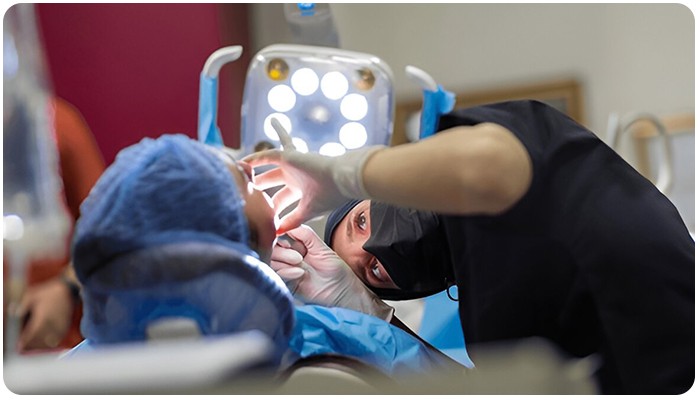The Hidden Side of Exocad: 6 Ways to Maximize Its Power
Exocad is undoubtedly one of the most powerful design software tools out there.
Dental fillings have long been a fundamental treatment method used to restore tooth structures damaged by decay or trauma. However, the rapid advancement of technology in dentistry has led to profound changes in both filling materials and application techniques. Today’s filling technologies offer more aesthetic, durable, and biocompatible solutions, enhancing patient satisfaction while significantly improving clinical success rates.

Nanotechnology represents a major innovation in filling materials. Composite fillings containing nanoparticles provide greater durability, resistance to wear, and superior aesthetic results (González-Bonet et al., 2023). Moreover, thanks to their antibacterial properties, they hold the potential to reduce the occurrence of caries.

3D printing technology is creating a revolution in dentistry. By allowing dental fillings to be custom-designed and produced, this technology enables the creation of more precise and better-fitting fillings compared to traditional methods. Consequently, these fillings adapt more effectively to the tooth structure and offer greater longevity.

Recently developed smart filling materials can monitor the health of the tooth and detect potential damage within the filling. For example, fillings that release fluoride to strengthen the tooth or change color when cracks form help maintain long-term dental health.

Laser technology presents a groundbreaking innovation in the preparation and application processes of dental fillings. Laser-based cavity cleaning provides a less painful and more precise alternative to traditional drilling (Dederich, 2017). Additionally, it enhances the adhesion of the filling material to the tooth, thereby extending the lifespan of the restoration.

Next-generation biocompatible filling materials offer structures closer to natural tooth tissue, ensuring long-term durability. Self-healing filling technologies incorporate special polymers capable of autonomously repairing micro-cracks (Wang et al., 2023).

The future of dental fillings lies in materials that require minimal intervention, naturally regenerate tooth structures, and provide long-lasting solutions. With the support of biomaterials, tissue engineering, and AI-assisted applications, dental fillings may one day be replaced by biological methods that fully restore the tooth (Silva et al., 2023).
Innovations in dental fillings are significantly improving both patient comfort and treatment quality. Thanks to advances in nanotechnology, 3D printing, laser-assisted applications, and biocompatible materials, the future of dentistry is moving toward more natural, durable, and effective treatments. In particular, biological approaches hold transformative potential for the future of dental care.